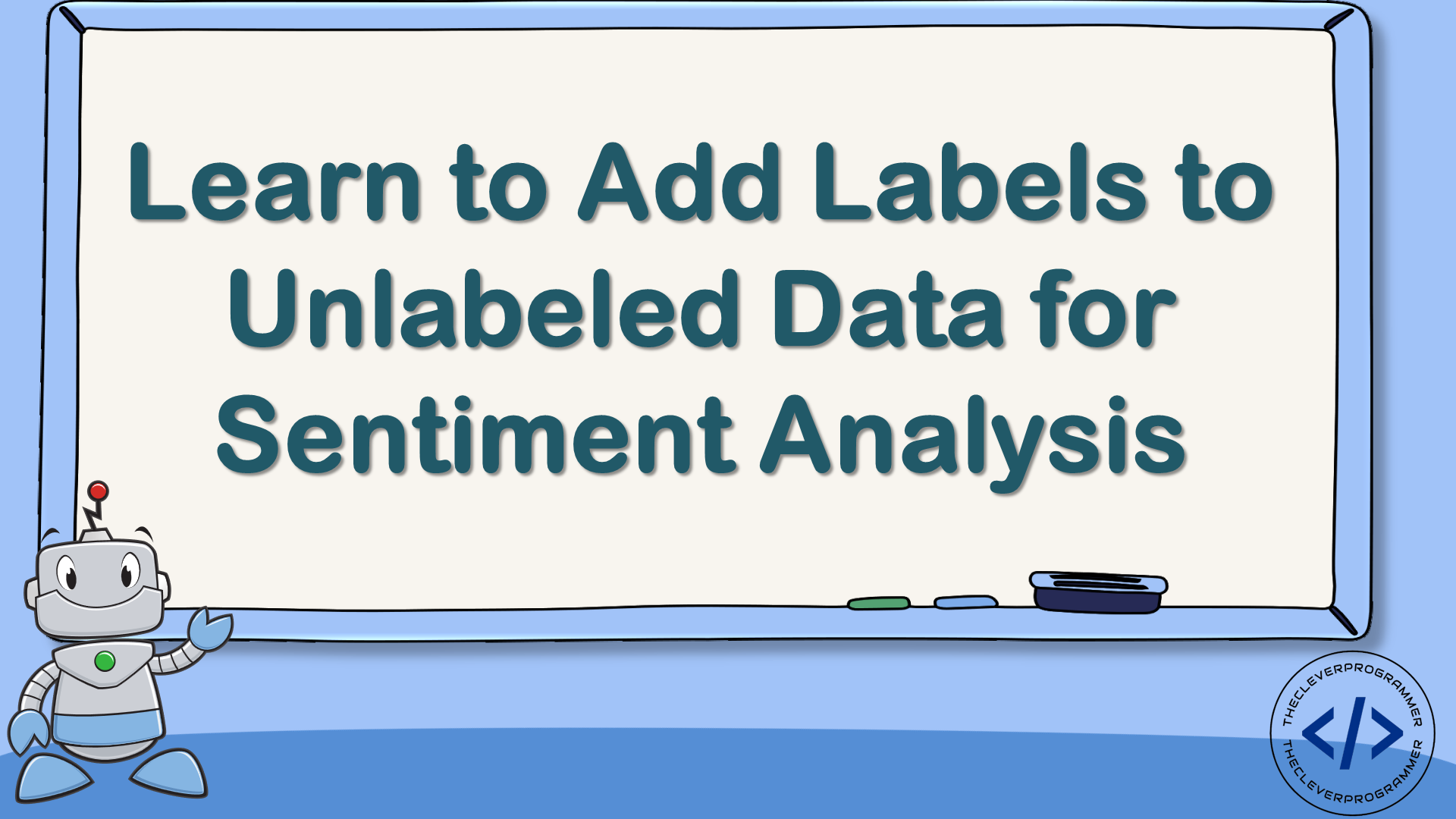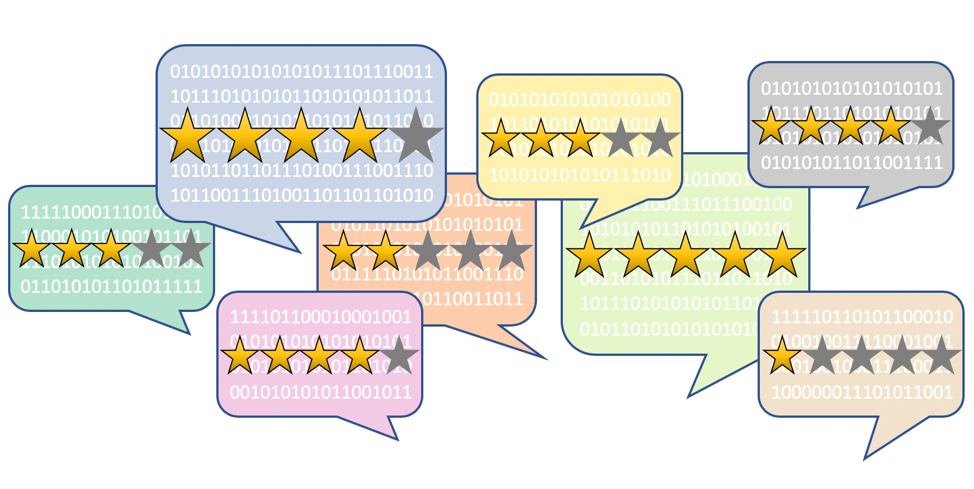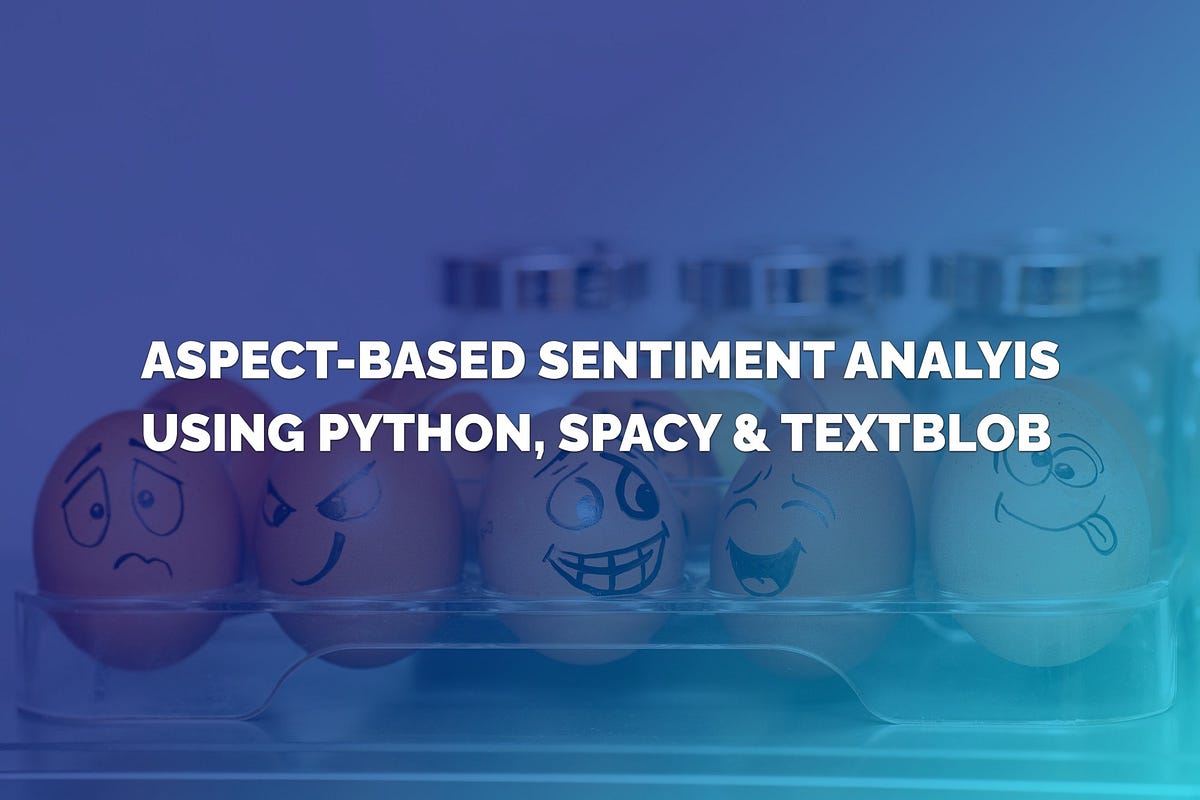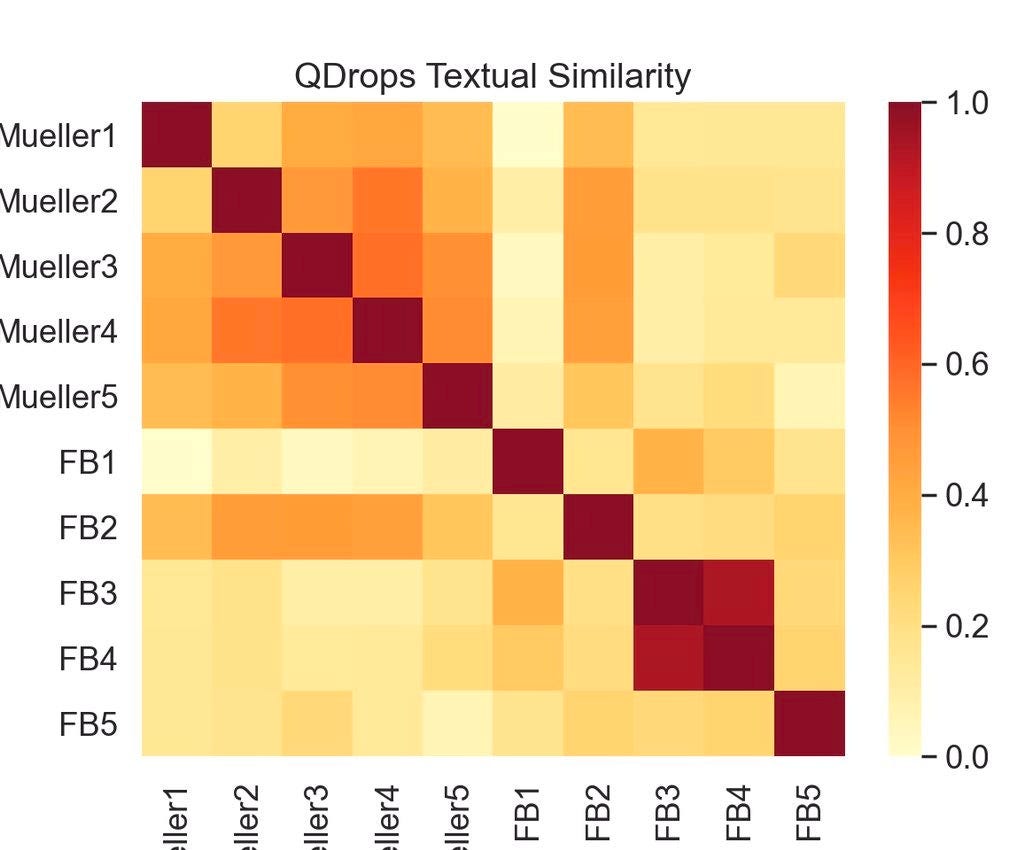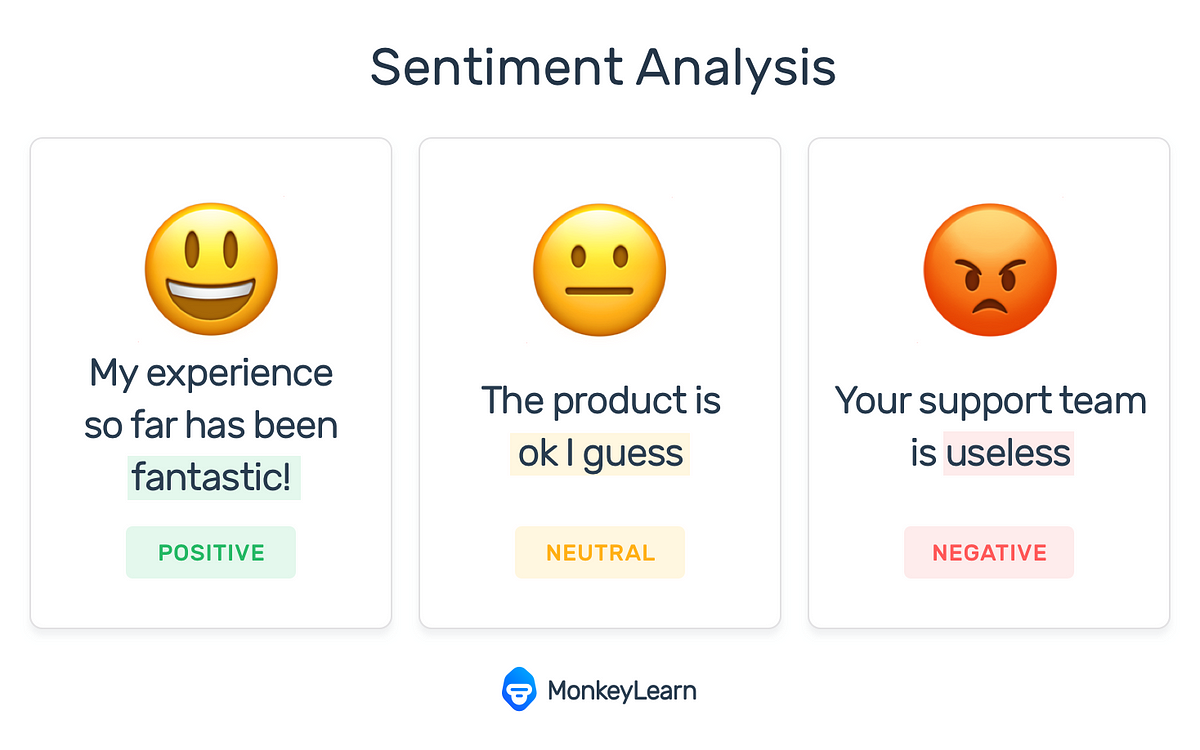
Sentiment analysis, i.e., determining the emotional tone of a text, has become a crucial tool for researchers, developers, and businesses to comprehend social media trends, consumer feedback, and other topics. With its robust library ecosystem, Python provides a vast choice of tools to improve and streamline sentiment analysis processes. Through the use of these libraries, data scientists can easily create precise sentiment models using pre-trained models and sophisticated machine learning frameworks. In this post, the top 12 Python sentiment analysis libraries have been discussed, emphasizing their salient characteristics, advantages, and uses. TextBlob A popular Python sentiment analysis toolkit, TextBlob is
